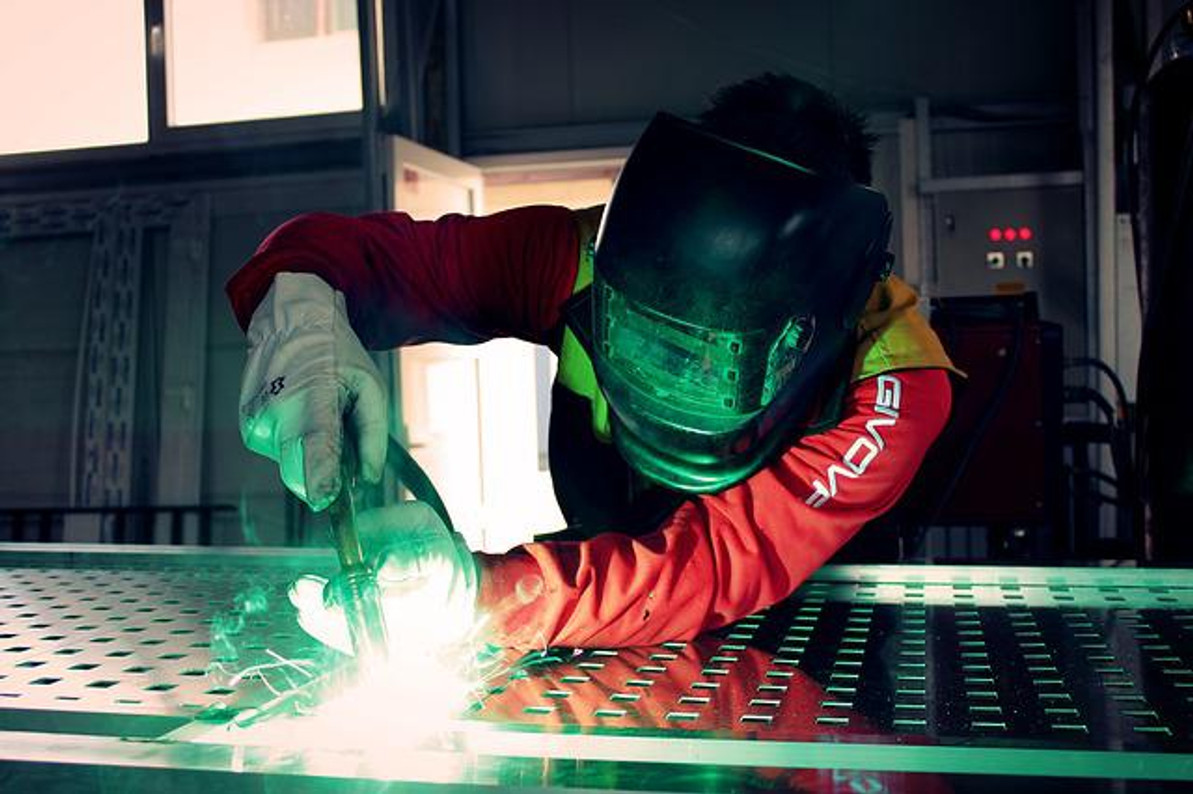Welding Helmets: What Lens Shade Should You Choose?
You can't choose the right welding helmet without considering the lens shade. To prevent eye injury, welding helmets are designed with a semitransparent cover. Known as a lens, it consists of two polarizing layers.
The lens will filter some of the infrared (IR) and ultraviolet (UV) light rays produced by a welding torch. Rather than reaching your eyes, some of these light rays will be blocked. While all lenses are designed to protect the wearer from eye injury, though, they are available in different types.
Fixed vs Variable
Most welding helmets have one of two types of lenses: fixed or variable. Fixed lenses feature a static shade. They are typically dark, and there's no way to make them lighter. Variable lenses, on the other hand, feature an adjustable shade. You can make them darker or brighter.
Welding helmets with a fixed lens are typically cheaper than those with a variable lens. But the downside to choosing a fixed lens is the lack of customization. You'll be limited to a single shade with a fixed lens, whereas a variable lens will allow you to adjust the shade.
Check the Reaction Time
If you're going to buy a welding helmet with a variable lens, you should check the reaction time. The reaction time is the time it takes the lens to change its shade. Most welding helmets will change their lens shade in just fractions of a second. But the longer the reaction time, the less protection the welding helmet will offer against eye injury. Ideally, you should choose a welding helmet with a fast reaction time.
Consider the Welding Current
Different lens shades are designed for different welding currents. Generally speaking, the higher the welding current, the darker the lens shade you'll need to use. For low welding currents, a light lens shade will suffice. But for high welding currents, you'll need to choose a welding helmet with a dark lens shade.
The U.S. Occupational Safety and Health Administration (OSHA) recommends a lens shade of 10 for welding currents of 50 to 60 amps, a lens shade of 11 for 60 to 160 amps, a lens shade of 12 for 160 to 200 amps, a lens shade of 13 for 200 to 240 amps and a lens shade of 14 for over 240 amps.
When shopping for a welding helmet, you need to choose the right lens shade. The lens shade will determine the type of light that it's able to filter. Some welding helmets have a fixed lens, whereas others have a variable lens.
Recent Posts
-
Fire Safety in the Workplace: What You Need to Know
What steps are you taking to prevent fires in your workplace? According to the U.S. Occupational Saf …Aug 23rd 2023 -
Is It Safe to Go Jogging With a Cold Infection?
If you're suffering from a cold infection, you might be wondering whether it's safe to go jogging. T …Aug 22nd 2023 -
5 Safety Tips to Follow When Using a Powder-Actuated Tool
Powder-actuated tools are commonly used to join materials to steel and concrete. Also known as Hilti …Aug 20th 2023




